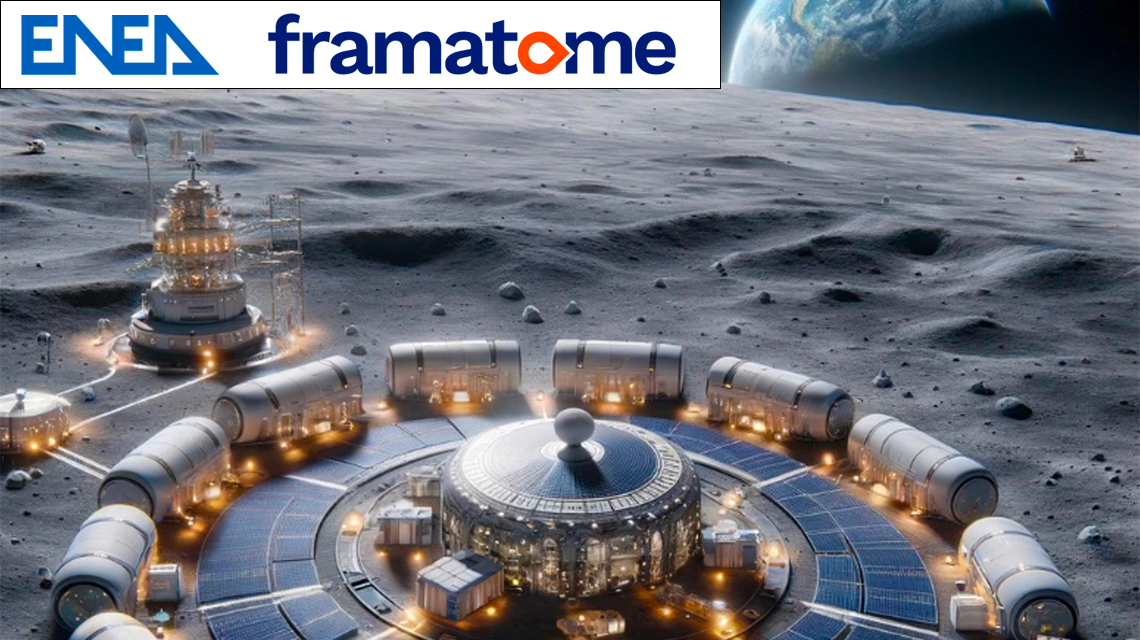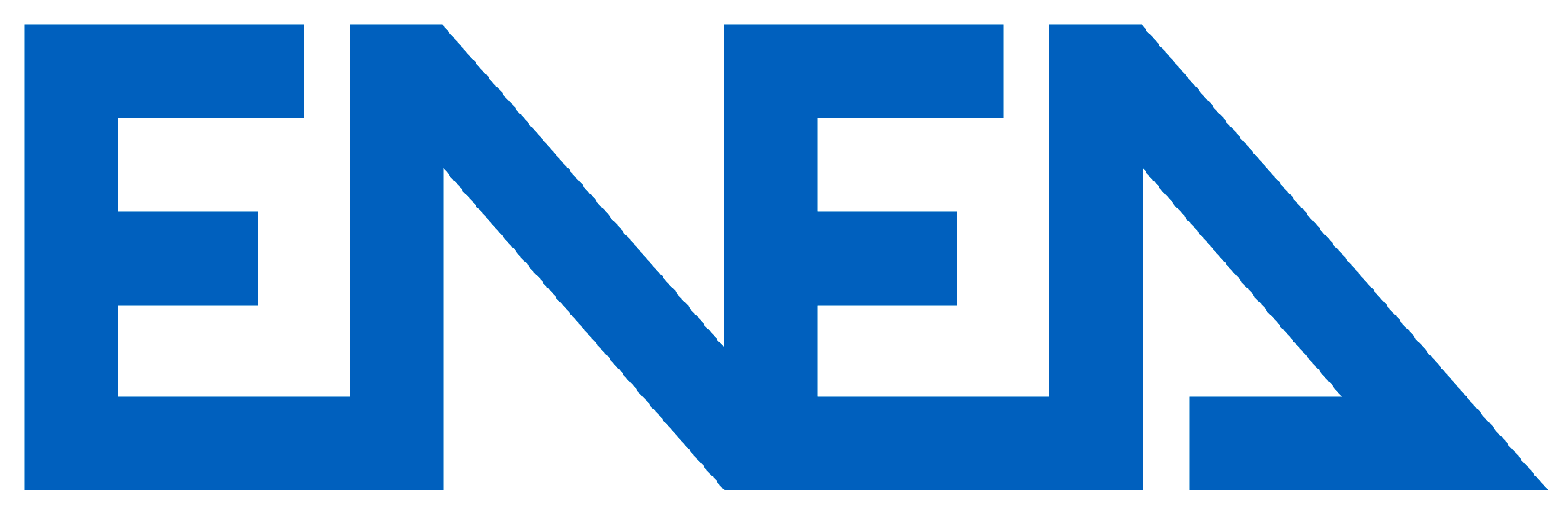Italian National Agency for New Technologies, Energy and Sustainable Economic Development

Space: Framatome-ENEA MoU for a lunar surface nuclear reactor
Framatome and ENEA have signed a memorandum of understanding (MoU) to explore advanced technological solutions for designing nuclear fission reactors aimed at powering future lunar settlements.
Due to its ability to operate in harsh environmental conditions and its durability, a nuclear reactor can provide reliable and continuous energy - especially during long lunar nights - thereby enabling a sustained human presence on the Moon. It is against this backdrop and common vision that Framatome and ENEA have decided to join forces.
«This partnership with ENEA brings the creation of Framatome Space to fruition and validates the importance of having an industrial and historical actor involved in future developments» said Grégoire Lambert, Vice President of Framatome Space. «The overall success of such developments will require different European competencies; we are happy to be part of the adventure». He also highlighted the recent creation of the Framatome Italy branch, another new step in Framatome’s long-standing cooperation with Italy.
Three areas of cooperation have been determined. The first focuses on studies regarding the fuel required for the reactor, with a view to optimizing both efficiency and safety. The second concerns the development of new materials capable of withstanding the extreme conditions in space. The third area of cooperation is on the use of additive manufacturing for reactor components.
«Pooling and integrating our expertise together with Framatome is a stepping stone for increasing the international outreach of our activities on surface nuclear reactors, which is a precondition for success in such a complex technological endeavour», said Alessandro Dodaro, Director of ENEA’s Nuclear Department. «Furthermore, the collaboration will enable the development of even more competitive technical solutions so to push further the industrial maturity of the sector».
This agreement marks an essential stage in space exploration and the sustainable use of lunar resources. Increasing the technological maturity of nuclear reactors for surface applications will widen Europe’s portfolio of knowledge and capabilities, a vital asset in the race to return of humans to the Moon and in preparing for future voyages to Mars.
About Framatome
Framatome is an international leader in nuclear energy recognized for its innovative, digital and value-added solutions for the global nuclear fleet. With worldwide expertise and a proven track record for reliability and performance, the company designs, services and installs components, fuel, and instrumentation and control systems for nuclear power plants. Its more than 20,000 employees work every day to help Framatome’s customers supply ever cleaner, safer and more economical low-carbon energy. Framatome is owned by the EDF Group (80.5%) and Mitsubishi Heavy Industries (MHI – 19.5%). www.framatome.com
ENEA, the National Agency for New Technologies, Energy and Sustainable Economic Development, is among the largest public research institutions in Italy, with about 2.250 researchers, technologists and support staff. It has 13 research centers equipped with experimental facilities, large laboratories and advanced instrumentation and 17 territorial bureaus scattered all over Italy, plus one representative bureau in Brussels. ENEA is structured into four departments: the Department of Energy Technologies and Renewable Sources, Nuclear, Energy Efficiency and Sustainability, as well as the Antarctica Unit and the Technology Transfer Directorate. Since its foundation in 1960, it has been committed to the development and competitiveness of Italy with applied research, innovation and by providing technology transfer and technical and scientific assistance to companies, associations, territories, citizens, and central and local administrations. Today its research and dissemination activities are mainly aimed at contributing to the achievement of the energy and environmental transition, by promoting the growth and competitiveness of relevant sectors such as energy technologies (renewables, storage, smart grids), hydrogen, biofuels, nuclear fusion and innovative technologies for nuclear fission, energy efficiency, energy communities, smart cities, enabling and digital technologies, agri-industry, sustainable mobility, critical and strategic raw materials, anthropogenic impacts and climate change, circular economy, biotechnologies, as well as cultural heritage technologies and seismic safety.
